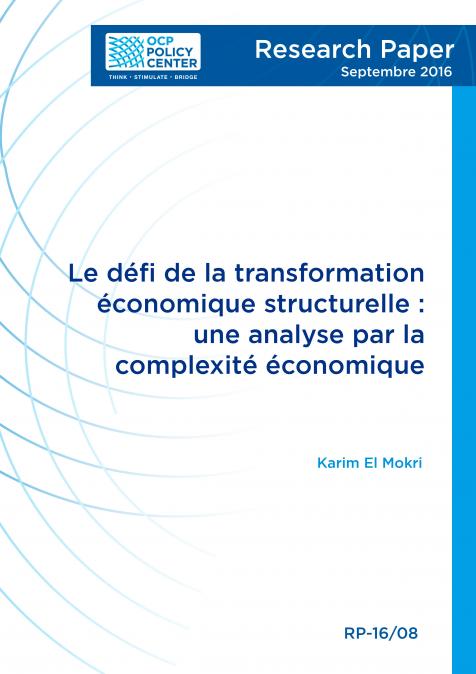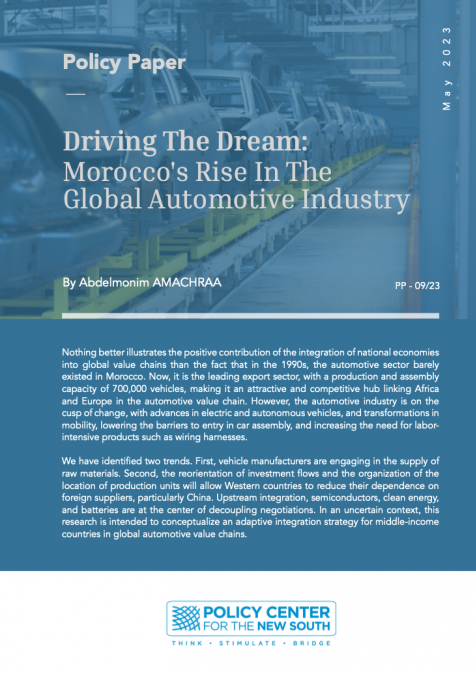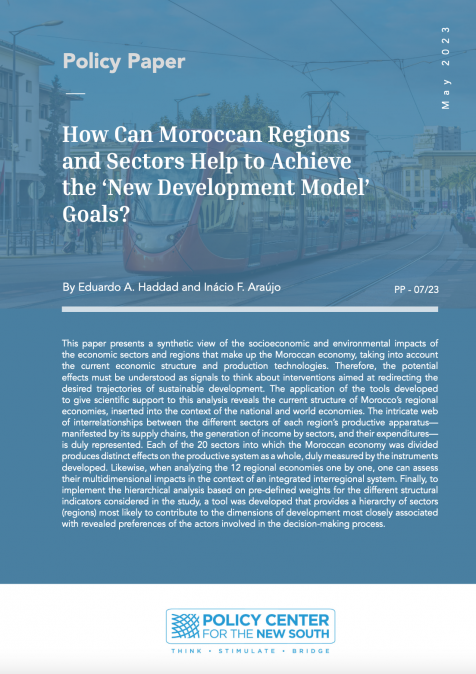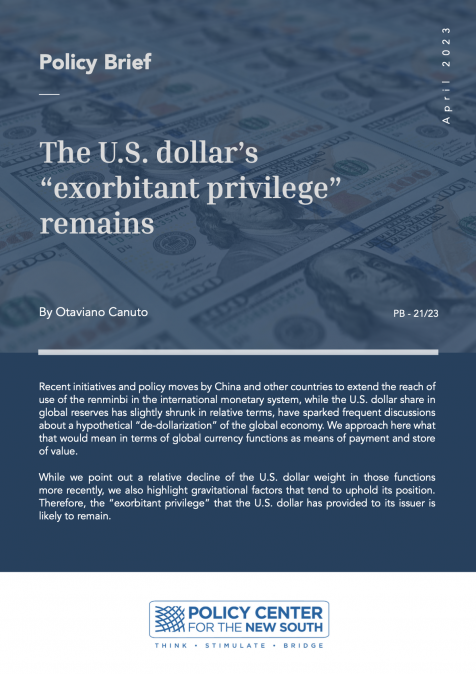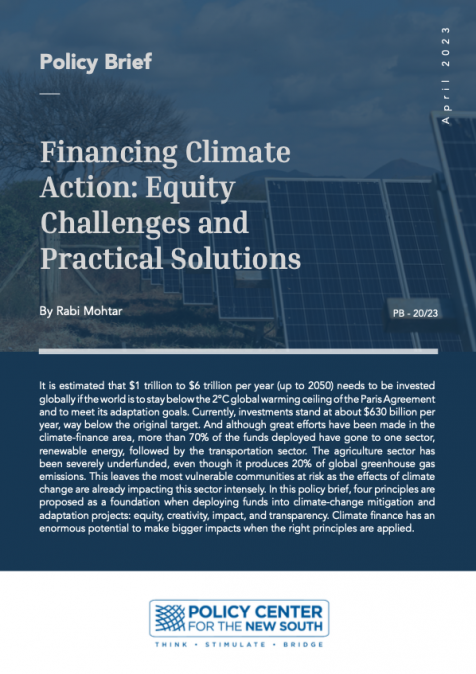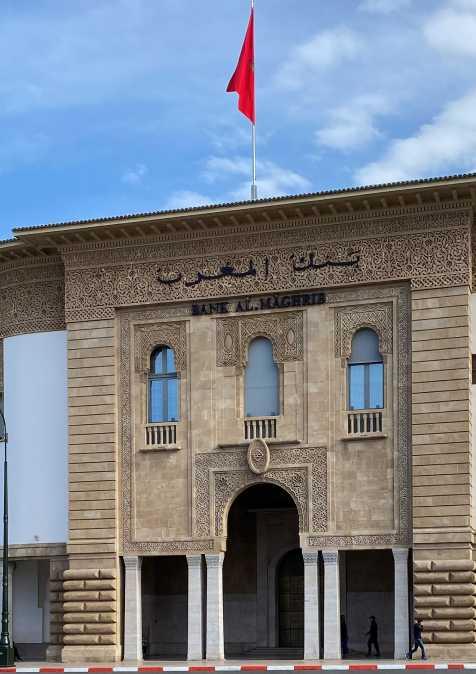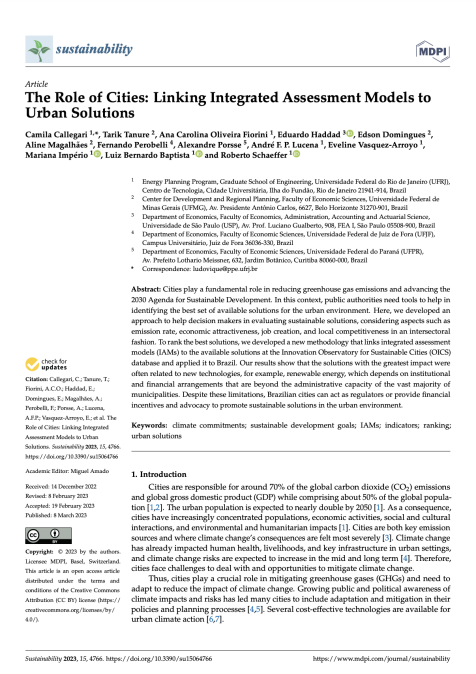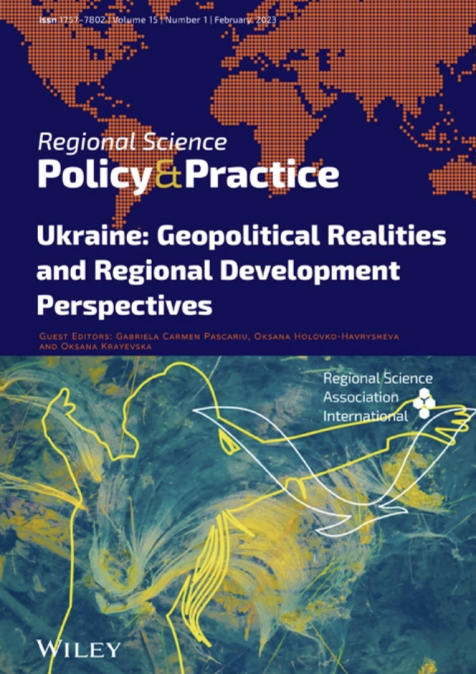Publications /
Research Paper
L’objectif de ce travail est d’aborder la problématique de la transformation structurelle à travers une analyse par le concept de la complexité économique de Hausmann et Hidalgo, en se focalisant davantage sur les pays à revenu intermédiaire. Dans un premier temps, des régressions en données de panel utilisant la méthode des GMM en système, afin d’éviter les problèmes d’endogeneité, ont permis de mettre en évidence un lien empirique positif et significatif entre la complexité économique et la croissance économique future. Ces résultats confirment ceux de Hausmann et Hidalgo qui avaient utilisé une méthode économétrique alternative. Ce travail a permis également de faire ressortir, à travers une analyse par les chaines de Markov, que la plupart des pays restent bloqués dans la classe de complexité intermédiaire et trouvent des difficultés à migrer vers la classe de complexité avancée qui regroupe les pays proches de la frontière technologique. Ceci permet d’expliquer le phénomène de piège des revenus intermédiaires et la lenteur du processus de transformation structurelle dont souffrent plusieurs économies. L’importance de la complexité économique pour la croissance future nous a amené à utiliser un modèle Probit ordonné qui a permis de démontrer que certains facteurs exercent un impact positif sur la probabilité de se positionner dans la classe de complexité avancée, notamment, l’effort de R&D, le capital humain à travers l’éducation, la flexibilité du marché du travail, le droit de propriété et l’efficacité des gouvernements. Le fait que la plupart de ces facteurs ont un caractère de bien public renvoi à la nécessité pour les pays à niveau de complexité intermédiaire de recourir à la politique industrielle et ce, afin de réduire le coût et l’incertitude entourant le processus de découverte des nouveaux marchés et de pourvoir les éléments nécessaires au secteur privé pour engager une sorte de diversification sélective vers des nouveaux produits plus complexes. Enfin nous nous basons sur une synthèse de différents résultats observés à travers la littérature théorique et empirique pour dresser un schéma simplifié et synthétique des composantes essentielles d’une politique industrielle adaptée aux pays à revenu intermédiaire. Le succès d’une telle politique dépendrait principalement de l’instauration d’une discipline d’implémentation à travers un conditionnement des mesures incitatives par la performance des bénéficiaires et la mise en place d’un cadre incitatif qui distingue entre les pionniers et les suiveurs.

